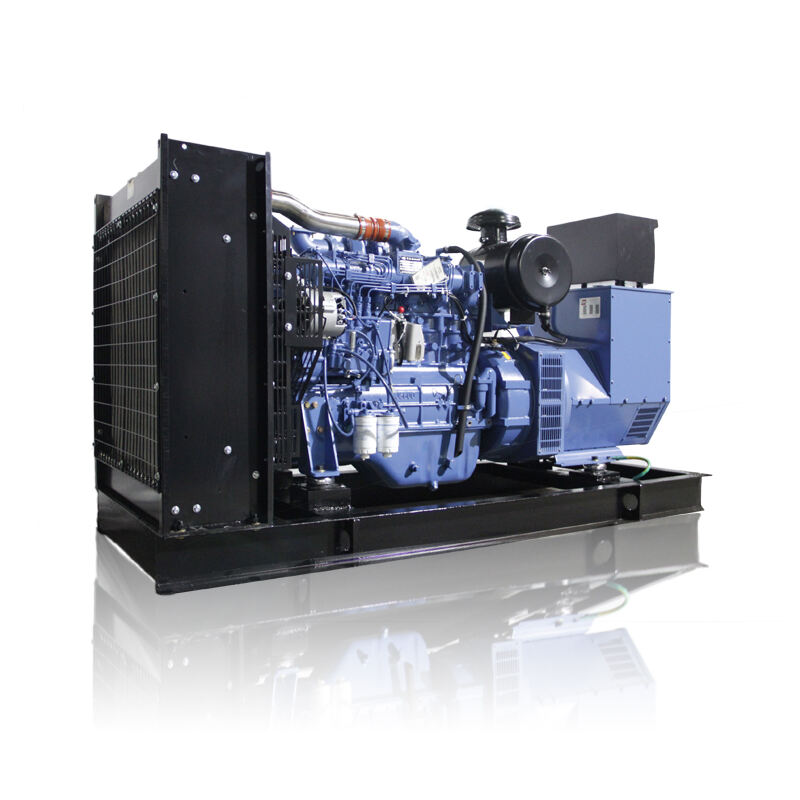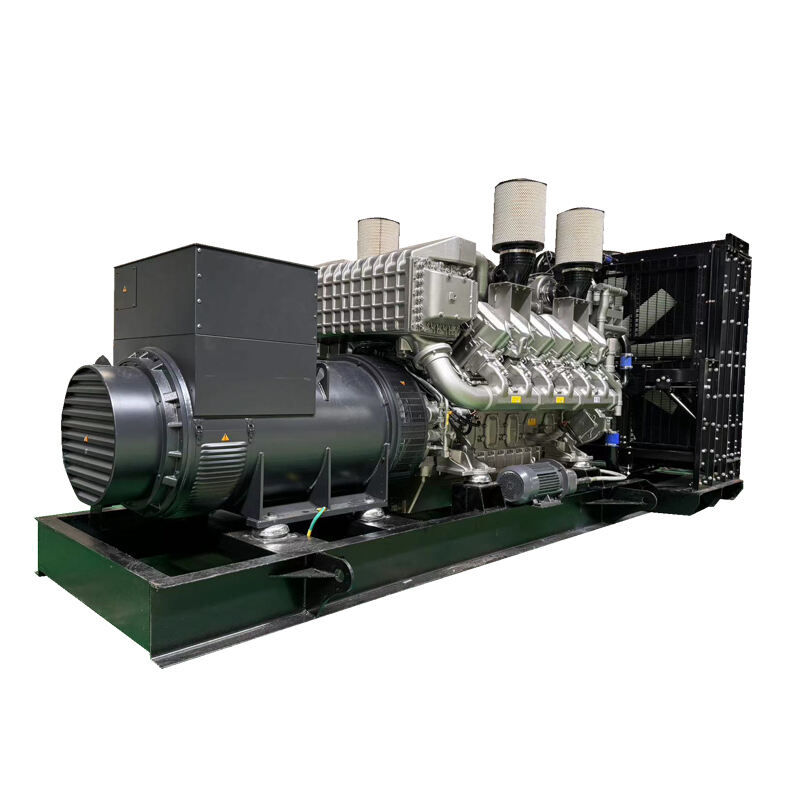Understanding Modern Power Generation Solutions
The landscape of residential and commercial power generation has evolved dramatically in recent years. As our dependence on electrical devices grows, having a reliable power generator has become less of a luxury and more of a necessity. Whether you're looking to protect your home during outages or need consistent power supply for your business operations, choosing the right power generator can make all the difference in maintaining your peace of mind and productivity.
Today's power generator market offers an impressive array of options, from portable units perfect for camping to whole-house systems capable of keeping your entire property running smoothly. With advancing technology and increasing focus on efficiency, manufacturers are continuously innovating to meet diverse power needs while considering environmental impact and fuel consumption.
Key Features of Premium Power Generators
Advanced Fuel Efficiency Systems
Modern power generator designs prioritize fuel efficiency like never before. Leading brands have implemented sophisticated engine management systems that automatically adjust fuel consumption based on power demand. This smart technology ensures optimal performance while reducing unnecessary fuel usage, resulting in significant cost savings over time.
The latest models incorporate electronic fuel injection systems, replacing traditional carburetors. This advancement provides more precise fuel delivery, easier starting in cold weather, and better overall performance. Some units even feature hybrid technology, combining conventional fuel systems with battery storage for enhanced efficiency.
Innovative Safety Mechanisms
Safety features have become increasingly sophisticated in newer power generator models. Automatic shutdown systems protect against low oil levels, overheating, and overload conditions. Carbon monoxide detection technology has also become standard in many premium units, automatically cutting power if dangerous gas levels are detected.
Advanced voltage regulation systems protect sensitive electronics, while GFCI outlets provide additional safety for outdoor use. Many models now include weather-protective covers and spark arrest systems, making them safer for operation in various environmental conditions.
Top Technological Advancements
Smart Connectivity Features
The integration of smart technology has revolutionized power generator monitoring and control. Many current models offer smartphone connectivity, allowing users to monitor performance, fuel levels, and maintenance needs remotely. Some systems can even send automatic alerts when service is required or fuel is running low.
Remote start capabilities have become increasingly sophisticated, with options for scheduling power generation and automated testing. These features ensure your system is ready when needed and help prevent unexpected failures during critical moments.
Eco-Friendly Innovations
Environmental consciousness has driven significant innovations in power generator design. Manufacturers are developing units with lower emissions and higher efficiency ratings. Some models now incorporate solar charging capabilities for their starting batteries, while others feature biodiesel compatibility.
Noise reduction technology has also improved substantially, with some models operating at conversation-level volumes. This advancement makes power generators more neighborhood-friendly and suitable for various applications where noise control is crucial.

Selection Criteria for Different Applications
Residential Power Solutions
When choosing a power generator for home use, sizing becomes crucial. A proper assessment of your home's power requirements should consider essential appliances, HVAC systems, and other critical equipment. Most residential users benefit from units ranging from 7,000 to 20,000 watts, depending on house size and power needs.
Installation location and fuel type are also critical considerations. Natural gas generators offer convenient, unlimited fuel supply but require professional installation. Portable generators provide flexibility but need manual fuel management and storage consideration.
Commercial Applications
Commercial power generator requirements typically demand higher output and more robust construction. These units often need to support critical business operations, computer systems, and specialized equipment. The focus should be on reliability, serviceability, and redundancy options.
Many businesses opt for parallel capability, allowing multiple units to work together for increased power output and backup redundancy. This approach provides scalability and improved reliability for critical operations.
Maintenance and Longevity Considerations
Preventive Maintenance Schedules
Regular maintenance significantly extends a power generator's lifespan and ensures reliable operation. Modern units require scheduled oil changes, filter replacements, and fuel system maintenance. Many premium models now include maintenance tracking systems that alert owners when service is due.
Professional inspection services should be scheduled annually, focusing on electrical connections, transfer switches, and overall system performance. This proactive approach helps prevent unexpected failures and optimizes generator efficiency.
Long-term Care Strategies
Implementing a comprehensive care strategy involves more than basic maintenance. Proper storage, regular exercise cycles, and fuel management all play crucial roles in ensuring long-term reliability. Many newer models include automatic exercise features that periodically run the system to maintain mechanical components.
Consider establishing a relationship with authorized service providers who understand your specific model and can provide emergency support when needed. This partnership ensures access to genuine parts and expert technical assistance.
Frequently Asked Questions
How long can a power generator run continuously?
Modern power generators are designed to run for extended periods, typically 24-72 hours continuously, depending on the model and fuel supply. Standby generators connected to natural gas can run indefinitely, while portable units require refueling every 8-12 hours on average.
What size power generator do I need for my home?
To determine the right size, calculate your essential power needs by adding the wattage of critical appliances and systems. A typical home usually requires 5,000-7,000 watts for basic functions, while full-house backup might need 20,000 watts or more. Consider both running watts and starting watts when making your selection.
How often should professional maintenance be performed?
Professional maintenance should be scheduled annually for standby generators and every 100 hours of use for portable units. However, frequency may increase based on usage patterns, environmental conditions, and manufacturer recommendations. Regular oil changes and filter replacements should be performed according to the owner's manual specifications.

